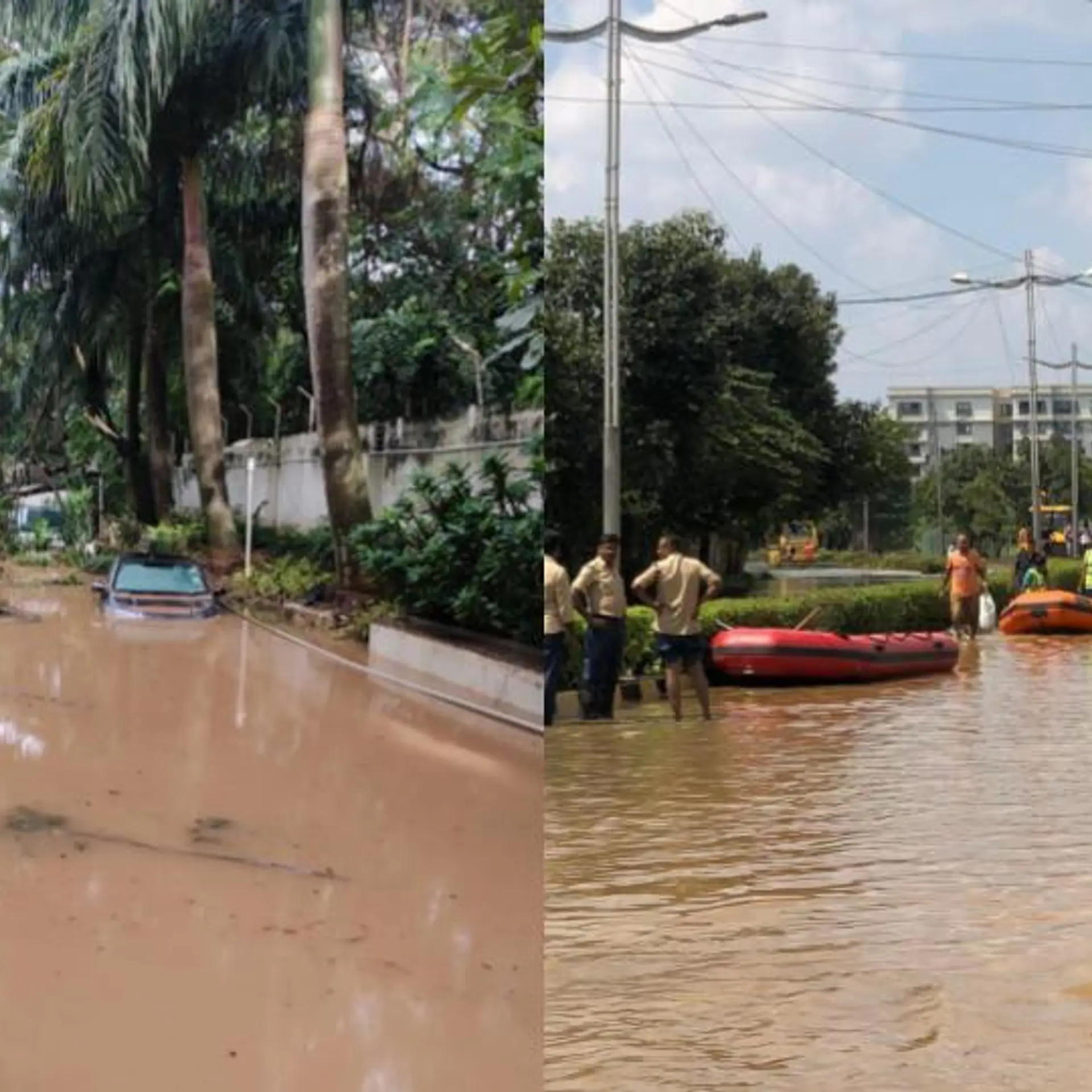My Choices plans to end large-scale human trafficking in India by 2025
When trafficked, a child can be sold for anything between rupees 5,000-10,000. My Choices is a Hyderabad-based organisation that has been actively involved in the prevention of domestic violence and human trafficking since 2012.
Disclaimer: Names of victims and perpetrators have been changed.
“I believe in one thing, that the girl child needs to be empowered. From 100 girls, the trafficker may take one. However, even if one of them stands up to him, 99 of them can be saved,” says Vivian Isaac, project director at My Choices.

Through extensive travelling and fieldwork, Vivian designs village programmes through which he finds NGOs who work in the same field and can become implementing partners. Over 60 such implementing partners and My Choices are working together today, where the partners help in educating the community and some of them are involved in rescue efforts. To augment the rescue efforts, My Choices tries to strengthen their relations with the local AHTUs (Anti Human Trafficking Units).
My Choices launched Operation Red Alert in 2015, rolling out India’s first toll-free helpline for reporting cases of trafficking. The support is offered in five languages: Hindi, Bengali, Kannada, Telugu, and English. My Choices field data and NCRB’s data imply that West Bengal, Andhra Pradesh, Telangana, and Karnataka are the states where human trafficking is most prevalent.
Since 2015, the centre has received around 11,146 calls, out of which 63 have reported legitimate cases of trafficking, that have been acted upon. The remaining calls have been reporting cases of domestic violence and child abuse.

As grave as the situation seems, it is almost always a shade darker. My Choices’ research brings out the appalling statistic that only one percent of girls who are victims of trafficking are ever rescued; Saanvi is one among the lucky few.
Saanvi's story
Saanvi, hailing from a small village of West Bengal, was trafficked in 2016. She is now 17 years old.
Saanvi was visiting a mela (fair) when she met Rahul, who was introduced to her by her sister-in-law. Soon, Rahul started texting Saanvi, often asking her to come meet him and threatened her that if she didn’t, he would commit suicide.
Rahul resided in the nearby area of Basanti, about 21km away from Satmukhi. Saanvi succumbed to his requests and they both met in Jibantala, where Rahul’s relatives lived. After reaching, Saanvi wasn’t allowed to leave this house for two days. She panicked and called her mother, who believed Rahul wanted to marry Saanvi. Rahul snatched the phone from Saanvi and told her mother that they would return, but only after getting married.

After two days, Rahul told Saanvi that were going back to her village and soon boarded a train. Saanvi had never travelled in a train before and wasn’t familiar with the routes, however she knew that the journey was taking longer than it should. They were on their way to Delhi.
By now, Rahul had told Saanvi that they would be meeting a relative in Delhi, after which they would go back home. The two got down in Delhi and met a man called Mahesh. After a 10-15 minute bike ride from the railway station, they reached North Delhi’s Budhvihar. This was Mahesh’s house where she was locked up for the next three days, often beaten for requesting to call home or food.
Rahul had sold Saanvi to Mahesh and fled. “Pehle paisa vasool karenge phir jaane denge (I will make my money’s worth, then let you go)” Mahesh told Saanvi when she questioned him. Saanvi remembered there being a wife and a maid but no one helped. Mahesh had two wives, one daughter and two sons, all children between two and three years old. Mahesh’s two wives helped him in running the brothel.
Saanvi would keep crying helplessly for most of the time in Mahesh’s house. During her almost three-and-a-half month long stay in Delhi; Mahesh would take her to different houses where Saanvi would spend three-four days at one place.

Soon Saanvi was able to make a phone call home, and was eventually rescued. The raid resulted in Mahesh’s arrest and other girls in the brothel fled. AHTU and another NGO helped with her rescue, after which Saanvi was with the Child Welfare Committee for over three months. She did not want to study further and learned tailoring instead. She is now able to make some money from it and support her family.
Shantanu Sarkar from the Child Welfare Committee (CWC) says that the government is not actively involved in helping the girls. “Its priority remains politics and murder. The girls have nothing in the form of a livelihood,” he said. Although Rahul was arrested after Saanvi’s rescue, he roams free today. No official orders have been passed yet and a case has been filed against him.
Poverty is not the root cause of trafficking
Vivian remarked that poverty or necessity is not the reason why most children are trafficked. According to him, in 70 percent of the cases he came across, the parents did not know that they were selling their children. The unawareness is evident in Saanvi’s case, where her father was an alcoholic and her mother, the sole earning member. Saanvi is one among six siblings, out of which only two go to school.

According to the My Choices research, over 90 percent of girls are trafficked due to the ignorance of their parents. To tackle this issue it has implemented over 788 safe village programmes with the help of their implementing partners, which include awareness sessions and workshops for vulnerable communities. There are an estimated six lakh such beneficiaries. They have appointed various community vigilance teams to make sure that the education and activism continue.
As an outreach effort, My Choices came out with the world’s first VR film documenting the role of a father in his daughter’s trafficking. The film is titled, “Notes to my father” and is available for selective screening.
The organisation is also working towards launching two programmes, ‘Rakshak’ and ‘Network Forum.’ The former is focused towards spreading more awareness in villages and ensuring that the sessions continue by appointing a committee that looks into the continuous flow of education. The latter is an NGO program where individuals working in the anti-trafficking field come to together to brainstorm solutions for prevention.








